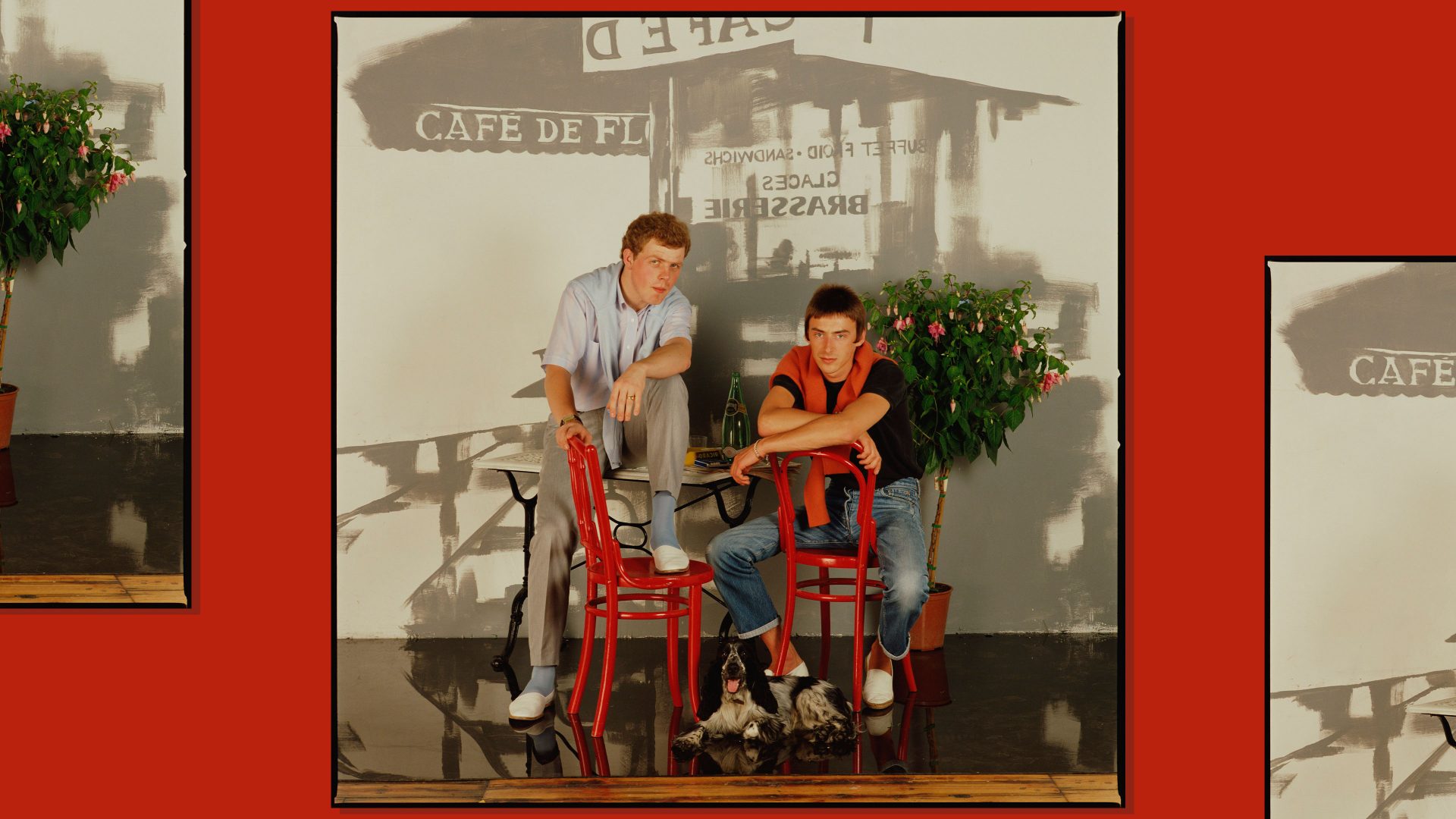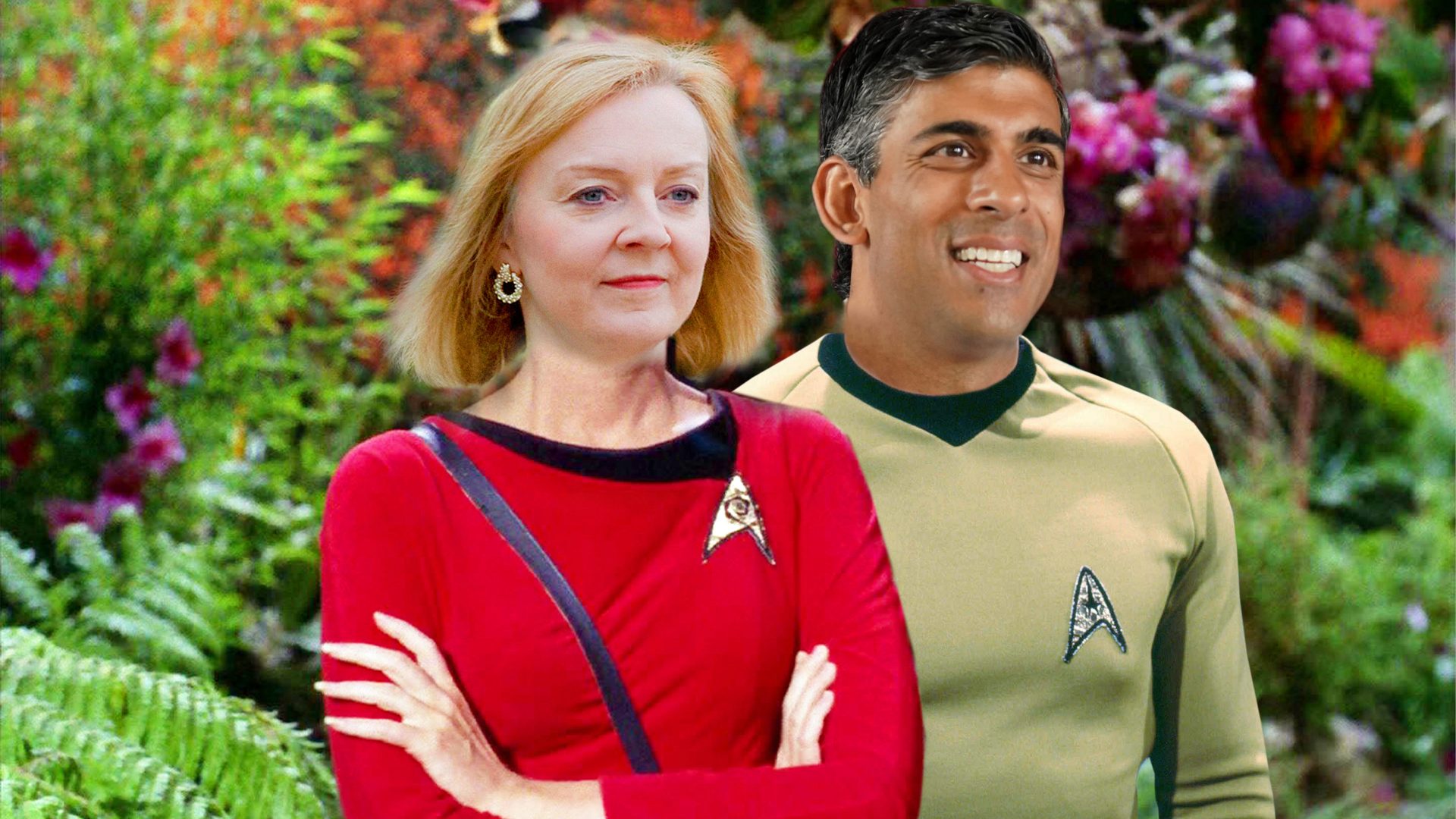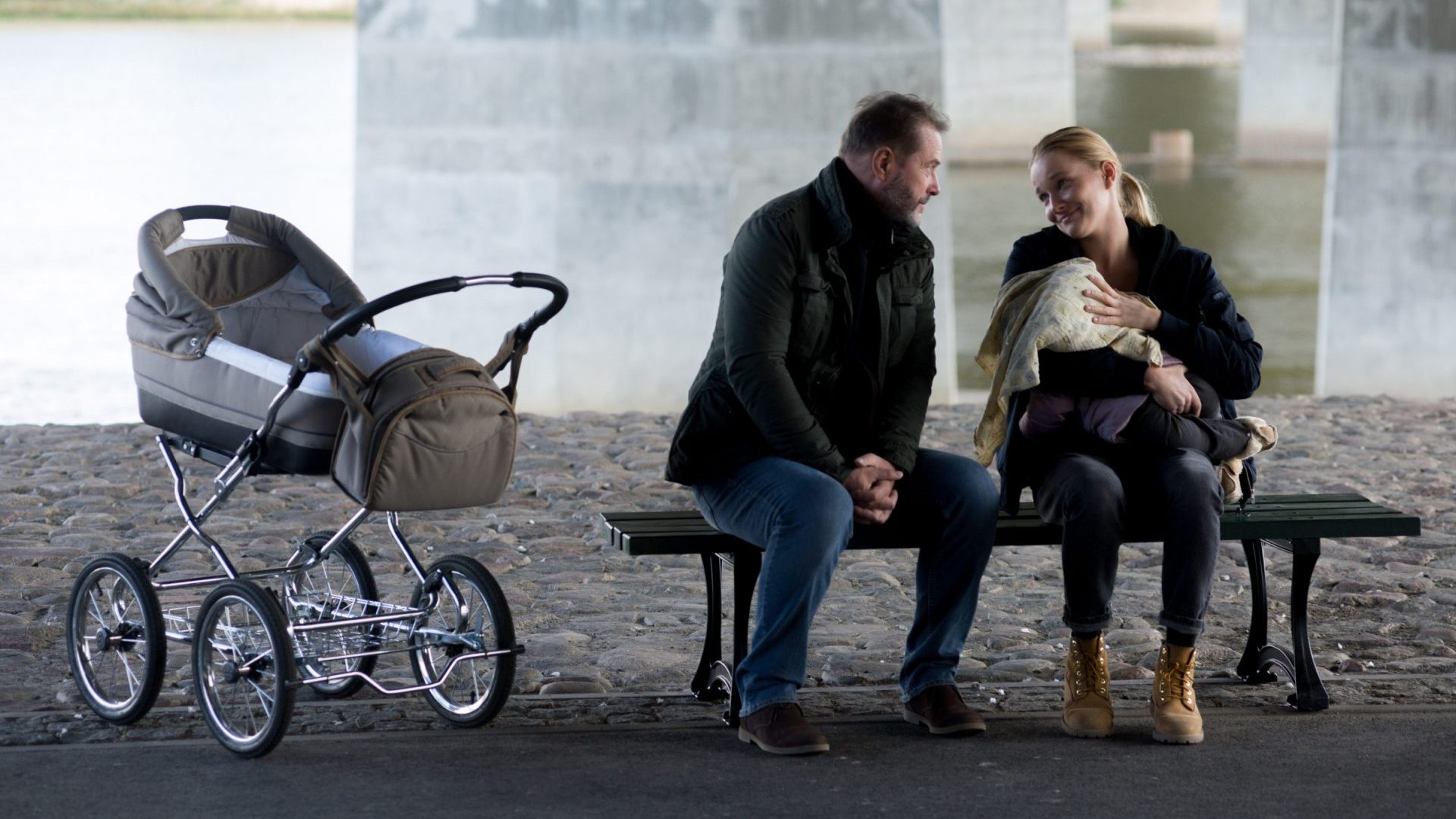As the long hot summer of 1983 dawned, Paul Weller was in Paris, soaking up the culture and sound of the Left Bank and preparing to reinvent himself.
Hailed today as a musical chameleon never afraid to leave his comfort zone,
Weller had shown the first signs of his need to move on by splitting the Jam at the height of their fame. If that distressed fans of the Mod icon, even more shocking was what was to come as he emerged with a new band – the Style Council – a new sound and a new look.
Nearly four decades on, we can see how radical a change it was – and how Weller astutely turned his focus from strife-torn, divided Britain to a new
optimism defined by Europe. Out went the Union Jack iconography and
guitar-driven songs influenced by the Beatles, Kinks and Small Faces. In came a continental approach to clothes, artwork and music, drawing inspiration from La Nouvelle Vague, modern jazz and composers like Ravel
and Debussy as well as American gospel and soul.
Forming the Style Council with keyboardist Mick Talbot, the pair bonded over a love of Michel Legrand soundtracks, French fashion and Rive Gauche cafe culture, far from the suburban streets of Woking and south London where the pair had grown up.
Their career and that of the Jam are currently being celebrated in a big month-long exhibition in Mod’s spiritual home, close to the pebbles of
Brighton beach, which featured on the rear cover of the Jam’s Setting Sons in 1979.
It was during sessions for the album that Weller and Talbot first met. Talbot played on the Jam’s cover of 1960s Motown hit Heat Wave and later sat in on a few of their London gigs. When Weller confided in him about the Jam’s imminent demise and floated the idea of working together on a new project, Talbot was hooked.
“He had an idea of having a band that was just me and him to start with. We’d have a floating line-up. We wouldn’t have the pressure of having to go out on the road in the first year, but we’d just concentrate on almost casting songs like a film and getting the right people into the right parts. It sounded like a tantalising prospect. I thought, he’s got so many ideas, even if we do half of them, it’s going to be amazing – and it proved to be.”
It was instantly clear the pair had the same historical reference points.
“When we had a long meeting, right at the end of ’82, to set up the Style Council, we got into talking about books and plays and all sorts of things on the fringes of music, all things in the arts. I’m not trying to say we were like Melvyn Bragg, but we had a broad appreciation of a lot of different art. We compared notes and we had a lot of the same books, so it was quite an eye-opener. It gave us a kind of shorthand when we were talking about graphics or artwork or the approach to a video. Once you know someone’s got knowledge of a certain genre of films, like French New Wave, you can reference things more easily and it was really helpful.”
While Weller’s transformation seemed sudden, the clues to a more European, jazzier direction were there all along. Mod subculture had its roots in stylish young men in late 1950s London who were branded modernists because they listened to modern jazz and were known for their sharp sense of fashion, often adopting the latest Italian and French styles.
Says Talbot: “The more you read about the English modernists and their influences, a lot of continental things went into the mix as well as American Ivy League clothing and soul and jazz. We were big fans of French New Wave and at the time we formed there was a series of those films on television like À Bout de Souffle and Un Homme et une Femme.
“We appreciated those from a lot of points of view. A lot of them have really good soundtracks with people like Michel Legrand involved. So that became embraced. The more you looked into someone like Michel Legrand, then you can link that into the romantic classicists Ravel and Debussy. Then you find out Debussy influenced Burt Bacharach, and lots of other people, so it’s like tying all these things together and the deeper you get into it, the more it makes sense.
“A lot of people from the outside were going, ‘this is pretentious rubbish’, but actually, if you care to look into it, it’s a pretty organic thing. All these things, to my mind, are very linked.”
Weller’s soul and jazz influences had become apparent in his first group’s later work. “Right near the end of the Jam, there was an EP with a song called Shopping, which was like a jazz waltz, and a cover of a soul tune called
Stoned Out of My Mind,” says Talbot. “Both those tracks flag up what might
be around the corner.”
Despite that, the Weller who emerged with the Style Council’s debut single, Speak Like A Child, in early 1983 was noticeably different. Marketed as “a new record by new Europeans”, the single’s picture sleeve showed Weller wearing a long white mac, cravat, and sunglasses, strolling through Paris with Talbot, and included sleeve notes from the pen of the mysterious Cappuccino Kid. While their love of European fashions and internationalist principles were
sincere, some of the affectations were deliberate provocation, says Talbot.
“On a superficial level there was a lot of wilful pretension in the way we
were trying to be playful with some of the imagery in adverts and videos. The music was always serious. A lot of the things that promoted it maybe people might think, what’s he trying to do? I think Paul was fascinated by how two-dimensional people might think he is. There’s always a lot more to
people and sometimes it’s surprising, you hear someone playing a certain
sort of music, an influence on them, which you wouldn’t attribute to them.
“But you’ve got to remember the times. In the early ’80s the music press were still quite powerful and popular. Guitar bands were their thing and if anyone strayed from that, it could put their noses out of joint. I think there was a bit of that with the music press. It felt quite funny, really, because thankfully it didn’t affect people’s appreciation of what we were trying to put across and it might have brought in a slightly newer crowd.”
In early summer 1983 the band, with teenage drummer Steve White and
backing singer Tracie Young, decamped to Grande Armée Studios in Paris. They intended to record a series of themed EPs across capital cities in Europe featuring local sounds or instruments, although they never got
further than Paris, a popular location over the next year for photo shoots,
promotional visits and a place to seek out the latest fashions and rare records.
The resulting EP À Paris contained an extended edit of hit single Long Hot Summer, perfectly timed for the then hottest British summer on record, while Paris Match included French lyrics and spotlighted local musician Jean-Louis Rocques on accordion. Says Talbot: “We had the style that’s peculiar to their style of accordion [playing], which I always call Left Bank. The more you look into accordion music, there’s quite a different style the Italians use, and the Germans have their own variety. But we wanted that Left Bank Parisian thing.
“That EP felt pretty natural and worked out really well. The four tracks signposted four different directions the Style Council were likely to go in.
The fact it was only our third single helped prepare people for the first album, Café Bleu, which was thought of as being quite challenging, because
it had six or seven instrumentals. When you’re dealing with someone as legendary as Paul who is known as a singer, to have seven instrumentals on
the first album was a bit of a shock.”
In October 1983 the Style Council began recording their first full-length album at Weller’s Solid Bond Studios at Stanhope Place, London with a
floating line-up complementing the core trio of Weller, Talbot and White.
Among them were Tracey Thorn and Ben Watt of Everything But The Girl,
rapper Dizzi Heights and in-demand singer Dee C. Lee (Animal Nightlife,
Wham) who later joined full time and was an obvious fit with her soulful
vocals and sense of humour. The sessions produced classic Weller ballads like the evergreen You’re The Best Thing and US hit My Ever Changing Moods among jazzier instrumentals.
Released in March 1984, the artwork for Café Bleu again felt distinctly
European, with – appropriately – photographs of Weller and Talbot sitting outside at a Parisian pavement café.
The Cappuccino Kid’s sleeve notes further underlined the band’s internationalist outlook. Largely written by rock journalist Paolo Hewitt, they captured ideas developed during brainstorming sessions over coffee with the band and graphic designer Simon Halfon. “Some of that was trying to make serious points, other bits were quite humorous,” says Talbot. “It was influenced by Colin MacInnes’ trilogy of novels, Absolute Beginners, City of Spades and Mr. Love and Justice.
“We also liked the sleeve notes to early Rolling Stones records, which Andrew Loog Oldham wrote, which were almost in the style of Anthony Burgess’s A Clockwork Orange, the different linguistic twists. Some bits of
slang were made up. So, that fed into it as well. And just something interesting, or different to read on the back [of the record]. It didn’t always
work. There were a few in-jokes that never got out! But a lot of that was just
wrapping and the actual music, what was put down on tape, was never taken
lightly or frivolously.”
The Style Council’s long-standing interest in jazz and soul captured the musical mood in 1983 and 1984. Records from Everything But The Girl
and Sade were riding high in the charts while DJ Paul Murphy performed legendary sets at the Electric Ballroom and Sol y Sombra in London, showcasing an eclectic mix of soul, jazz and various Latin sounds.
After a handful of European dates throughout 1983, the band set off on their first major tour in March 1984 with a diverse line-up inspired by Sly and the Family Stone. Female musicians filled prominent positions including Hilary Seabrook and Barbara Snow on horns. Bassist Anthony Harty, 16, joined White to complete the teenage rhythm section, bringing a youthful enthusiasm and spirit. Like touring with a mobile youth club, joked Weller. For his tender years, White already had plenty of experience and, crucially for the emerging Style Council sound, a good knowledge of Latin and jazz. Over the coming years they grew in confidence, becoming one of the tightest live bands of the mid-80s, fusing soul with an intense energy and passion.
Their second album, 1985’s Our Favourite Shop, was their most successful, topping the charts. The single Walls Come Tumbling Down! went top 5 [aided by a video shot behind the Iron Curtain in Poland]. For all its toe-tapping danceable sound, the album contained some of the Style Council’s most political work. Around this time too, the band lent their support to Red Wedge, a collective of musicians fronted by Billy Bragg, who came together to support the Labour party ahead of the 1987 General Election, playing a series of promotional gigs.
“We both felt it was a time of quite extreme change in the country and it was a time to stand up and be counted,” says Talbot. “I think some of the things we did affected our popularity. Some people didn’t like it at all. Some just couldn’t comprehend the political thread of our lyrics. Some people who don’t listen to lyrics suddenly became astonished, why are you doing Red Wedge – despite the last two albums and the sleeve notes.”
He concedes that people consume music in different ways, but notes that they weren’t trying to force their views on anyone. Ultimately, while he believes their efforts were well-intentioned, Red Wedge was an eye-opener for the glimpse it offered into the many sides of politics, including those that were less appealing.
“Overall, I’m pleased we got involved in it, but I could see it kind of alienated a lot of people towards the second half of our career. But I think Our Favourite Shop was a sort of watershed moment for us as a band and Paul as a lyricist.
“Sadly, a lot of those lyrics make sense 37 years on. It’s a very good mirror to where society was at the time. In some respects, a lot of things haven’t changed. Once we’d done that album, it became very difficult to do press where we ever seemed to speak about music. Fair enough, it is a very strong lyrical thing. But we’d find ourselves at press junkets in Italy, where we’d do 10 interviews back-to-back and Paul and I would take a break for coffee and just go hey, I don’t think one journalist has spoken about music.”
Summer 1985 saw them headlining a mud-drenched Glastonbury – but
stoically refusing to dress down – and performing to a worldwide television
audience at Live Aid.
The modernist creed always demands a shift forward, so rather than repeat a successful formula they adopted a more American rhythm and blues feel on their next album, The Cost of Loving. Thirty-five years on, Talbot views it as possibly the band’s weakest effort, arguably too focused on style and too little on the songs. It still reached No 2, but they lost some support and the follow-up release, 1988’s Confessions of A Pop Group, only reached No 15. Despite that it was an ambitious project, with side one’s The Piano Paintings featuring jazz- and classical-influenced pieces, while side two was a more upbeat affair.
Their final album, Modernism, recorded throughout 1989, was sparked by the House and Garage music coming out of New Jersey and Chicago. The band detected a return to gospel and soul roots among those records, albeit in a very modern setting. Polydor, though, rejected their efforts and the recordings remained on the shelf before earning a belated release in 1998. The decision in effect brought the Style Council’s career to a swift end. Weller would reinvent himself again as a revered solo artist, while Talbot has played with Dexys Midnight Runners, Wilko Johnson and Roger Daltrey, among others.
Looking back, while Talbot is hugely proud of the band’s career, he believes the 1990s would have been a more conducive time to launch a Style Council project with different lead vocalists and an eclectic mix of music. He cites Massive Attack as an example of collaboration that received a wider welcome in the following decade.
Recent years have seen a reappraisal of the band’s career with 2020’s Sky
Arts documentary Long Hot Summers: The Story of the Style Council closing
with an emotional one-off reunion in which Weller, Talbot, Lee and White
came back together to perform It’s A Very Deep Sea. A companion career-spanning audio compilation of the same name made the top 10 album charts.
This Is The Modern World, curated by Nicky Weller, is the largest ever
exhibition of memorabilia from the Jam and the Style Council, plus talks, live concerts and film screenings. It runs until August 29 2022 in Valley Gardens, Brighton. On August 25, Mick Talbot and Steve White will take part in a special Q&A session at a screening of the documentary Long Hot Summers. More information and tickets can be found at: www.thisisthemodernworld.net
Jeremy Blackmore is a freelance music journalist and editor



